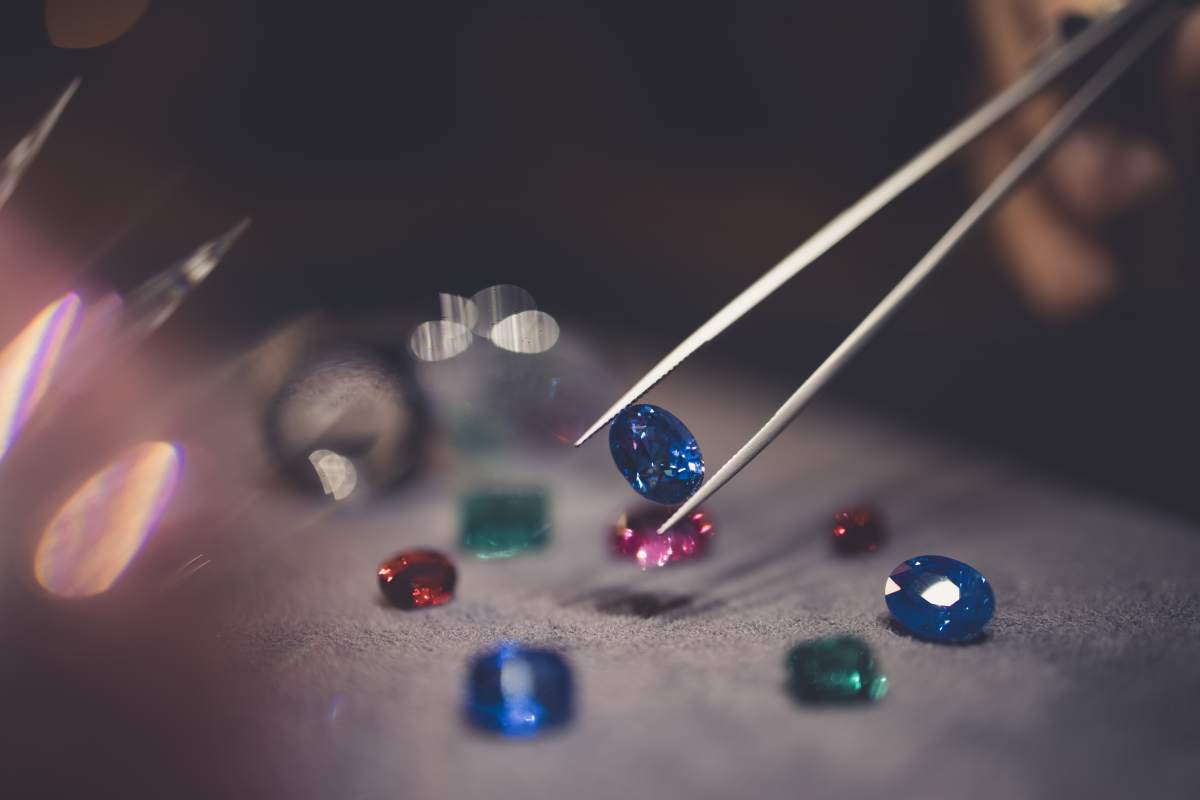Knowledge
09.06.2023 GEMSTONES WITH FANCY CUTS
The value of a gemstone is largely determined by its cut. Whether glittering diamonds, blood-red rubies or deep green emeralds – it is only through the cut that the beauty of a jewel really comes into its own. In addition to the well-known brilliant cut of diamonds, there are also fancy cuts, which are summarized under the name “Fancy Cuts”. This type of cut is characterized by a variety of design options and pleases the eye with its richness of facets – in the truest sense of the word.

CUT OF GEMSTONES: STYLE VS. SHAPE
Rough stones must first be cut before they can unfold their color and brilliance in all their glory. Depending on the individual properties, each stone is given the cut that is optimally suited to it. The primary aim is to bring out the beauty of the stone with the least possible loss of material.
The cut shape means the contour or outer shape of a gemstone. For example, there are round, oval, cone, square, and teardrop-shaped jewels.
In contrast, the cutting style of a gemstone describes the number and arrangement of its facets – that is, the smoothly polished surfaces that are cut into the stone and enhance the fire of a gemstone. A distinction is made between smooth and facet cuts. The so-called “cabochon” with its flat bottom and curved top is the best-known form of the smooth cut. Among the facet cuts, the brilliant cut – the classic cut for diamonds – is particularly widespread. Step cuts consist instead of rectangularly arranged facets. In addition, there is also the mixed cut, which combines the smooth and facet cut.
Depending on the individual properties, each stone is given the cut that is optimally suited to it.

WHAT ARE FANCY CUTS?

In gemology, all cuts that are not brilliant cuts are called fancy cuts. Strictly speaking, common cuts such as the emerald cut, the oval cut or the cushion cut are also considered fancy cuts.
More and more often, however, the term is used for all those gemstones that do not adhere to strict specifications regarding facets, shapes and proportions and cannot be assigned to any of the classic cuts. Accordingly, fancy cuts offer gemstone cutters a lot of room for creative design. Not for nothing is the cut also called “fantasy cut”.

FANCY CUTS: CUTS BEYOND THE BRILLIANT CUT
In addition to the classic brilliant cut, there are types of cuts that have a special fascination due to their unusual shapes and facets. For certain colored gemstones, certain of these cuts are also expected.
Oval cut
The oval cut belongs to the modified brilliant cuts. The ideal balance between stone weight and beauty can often be achieved with this cut for colored gemstones. The oval cut is the most common cut for colored gemstones.

Marquise cut
The marquise cut – also called the “navette” – was commissioned by Louis XV, King of France, in 1745. The elongated cut, which extends to two points, is said to be modeled after the lips of his mistress, Madame de Pompadour.


Emerald Cut
The emerald cut was developed specifically for its namesake gemstone: emerald is relatively brittle, so a cut was developed to deal with this fact. It features a rectangular shape with beveled corners and parallel facets.

Asscher cut
Like the emerald cut, the Asscher cut belongs to the step or stair cuts. It is square and has rounded corners. In the beginning, only diamonds were processed in the Asscher cut, but in the meantime it is also used for colored gemstones.

Teardrop cut
The drop or pear cut resembles an oval with a point on one side. It is also known as “Briolette” or “Pendeloque”. Like the marquise, oval and cushion cuts, it is a modified brilliant cut – a cut that has evolved from the brilliant cut.


FANTASY CUT GEMSTONES: REAL FANCY CUTS
As imaginative fancy cuts, many more, sometimes very unusual, cut shapes can be found on the market. Some of these exotic, unusual and modern cuts have been developed by individual companies, combining features of established cuts to create entirely new shapes.

FANCY CUTS AS AN INVESTMENT?
Fancy cuts captivate with their unusual shapes and facets as well as their unique beauty, but are they also suitable as an investment?
Basically, untreated, natural-colored, but cut stones are particularly worthwhile as investments. Colored gemstones such as ruby, sapphire and emerald show a stable increase in value, the worldwide demand is steadily increasing and they are easy to transport and store.
Regarding the cut for investment gemstones common cuts are recommended, as they facilitate potential resale: such as the oval cut for ruby and sapphire, and emerald cut for emeralds.
Marquise or cabochon cuts are therefore of little importance in the investment sector, even if they are still so beautiful to look at and enjoy great popularity in jewelry processing.
When reselling stones with fancy cuts, there are always price reductions compared to the common “cuts”.
Basically, untreated, natural-colored, but cut stones are particularly worthwhile as investments.


